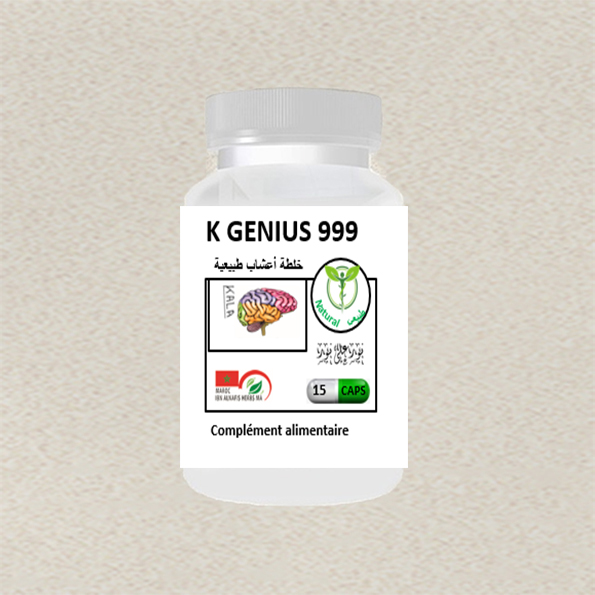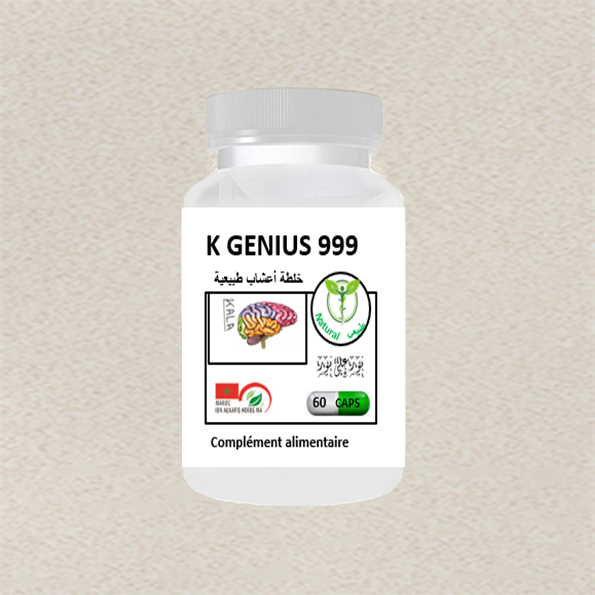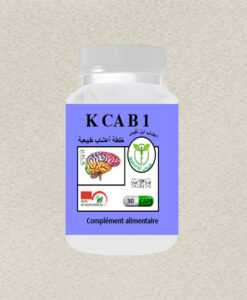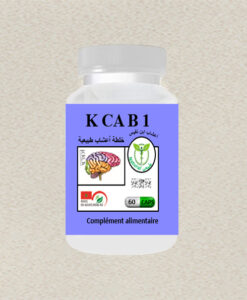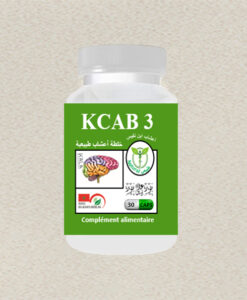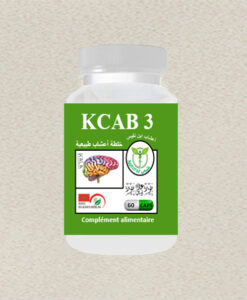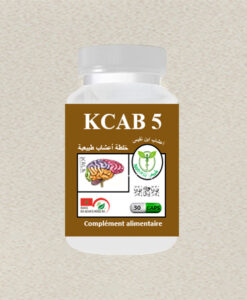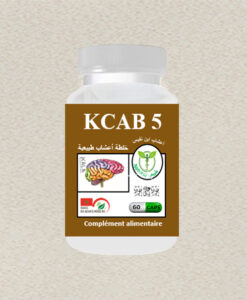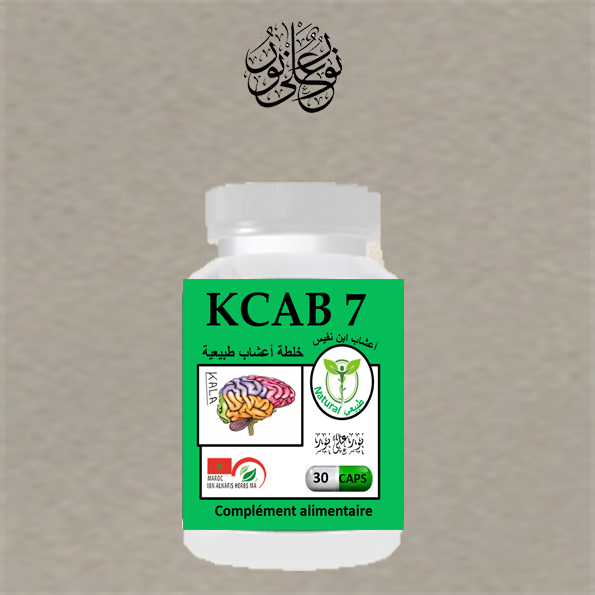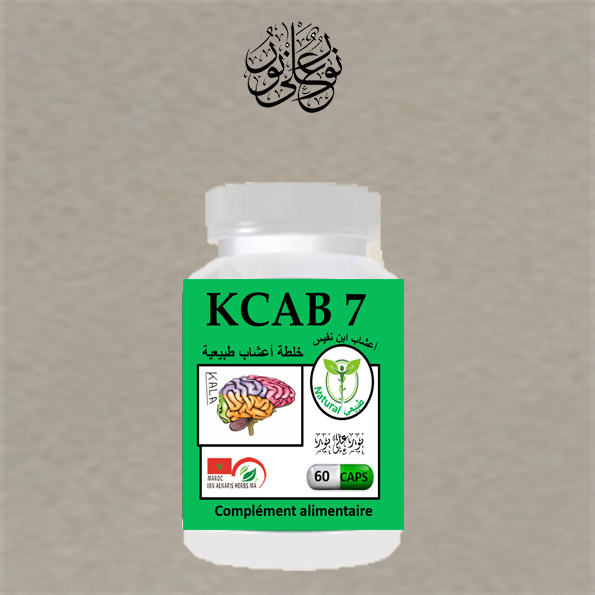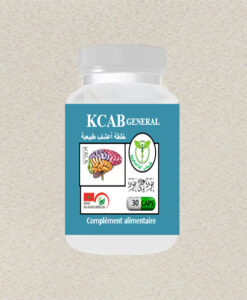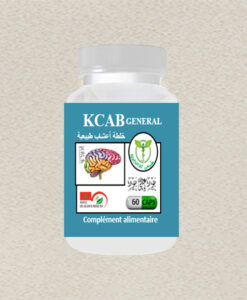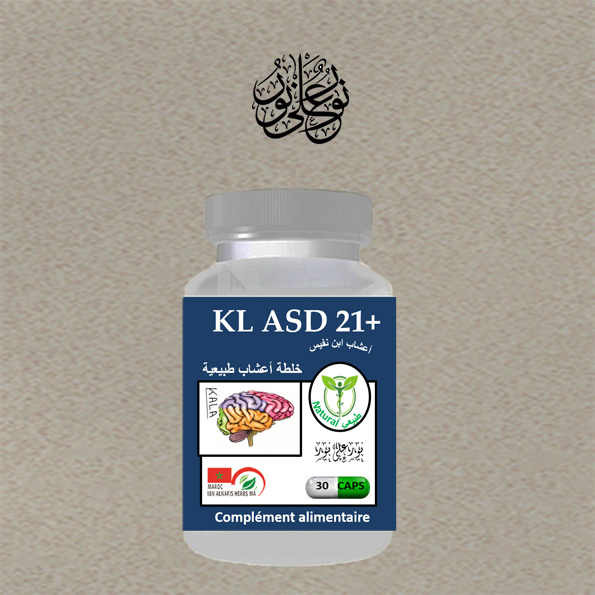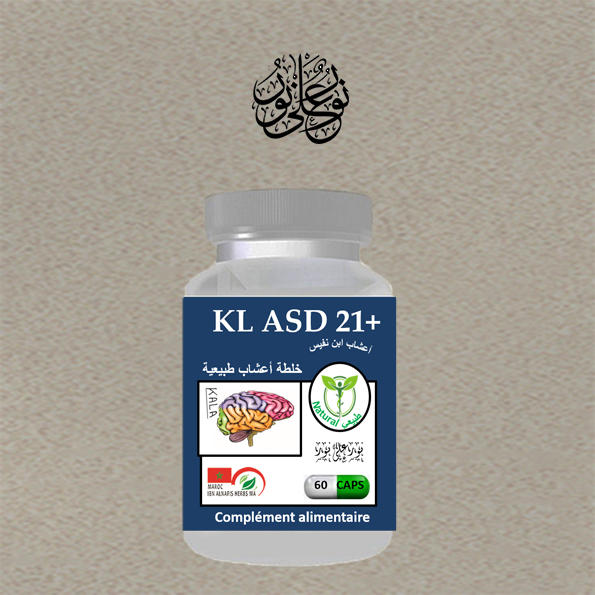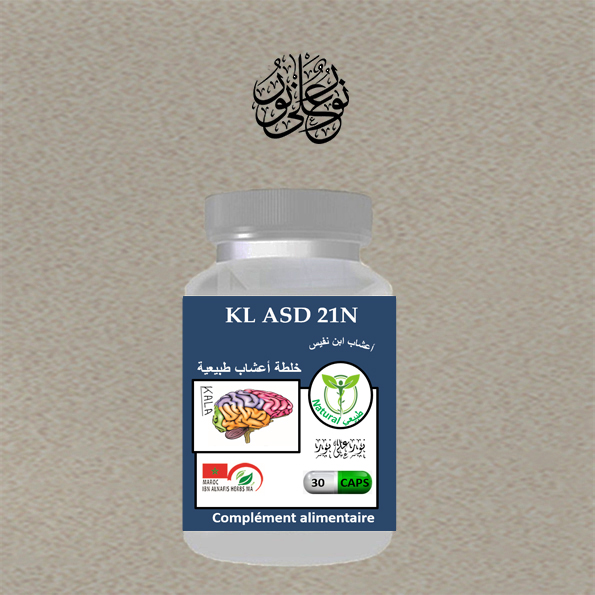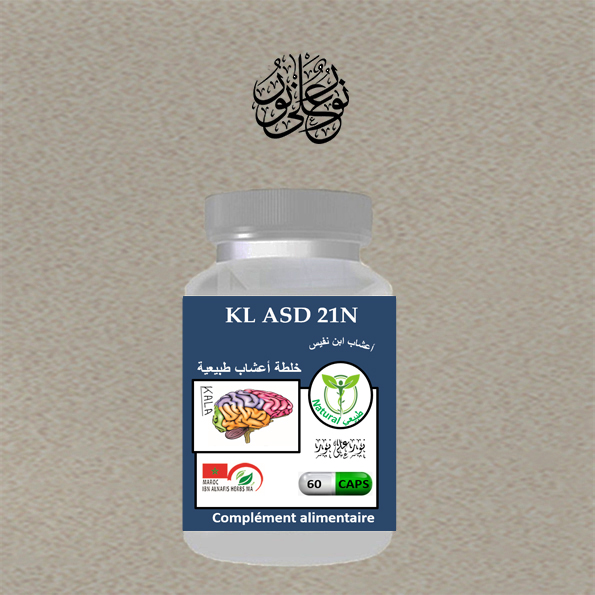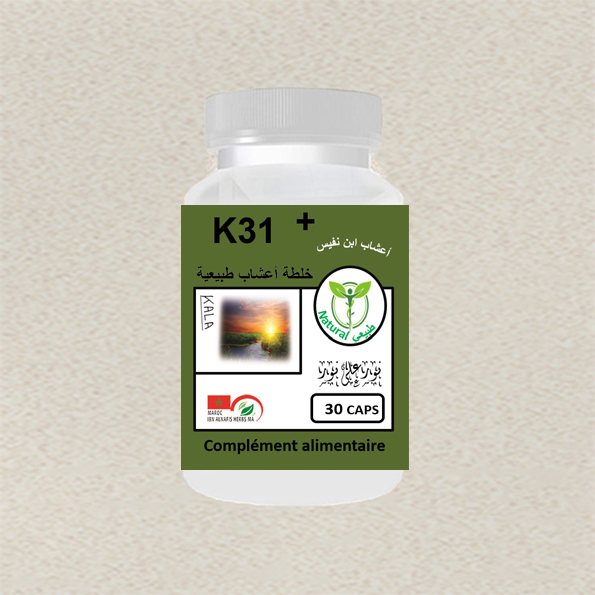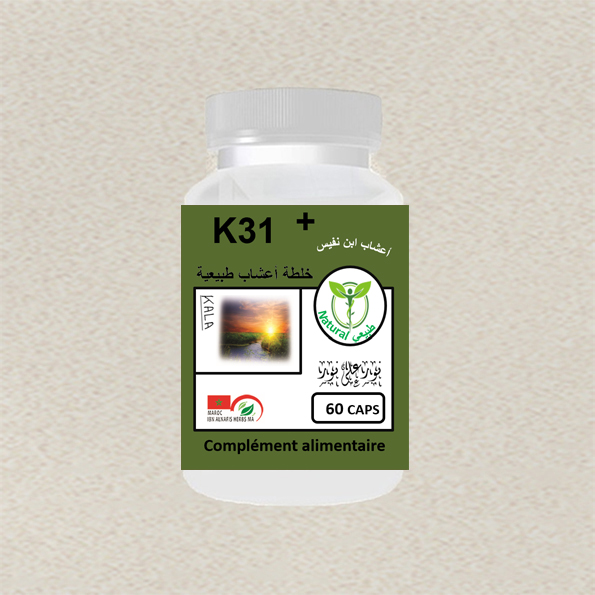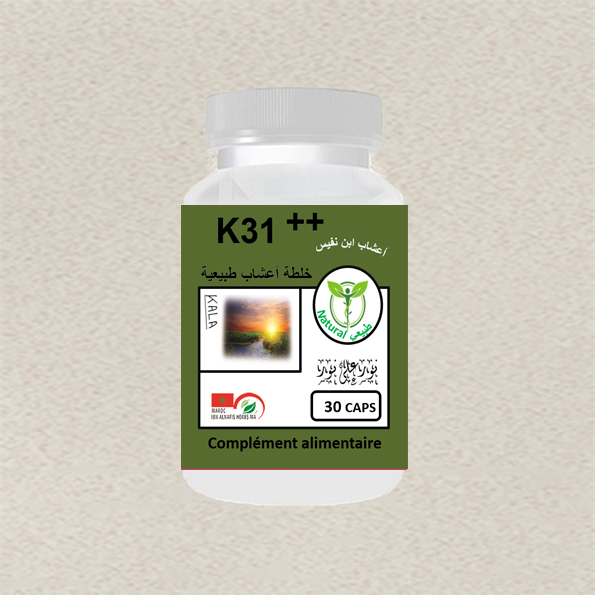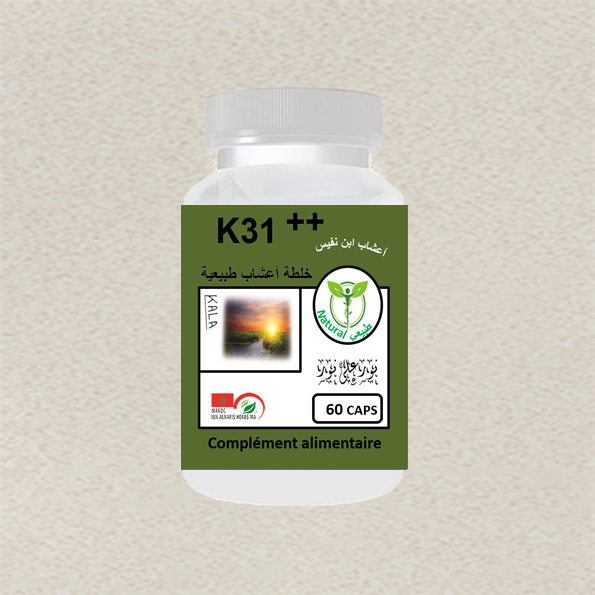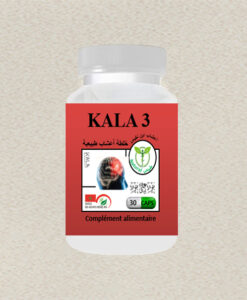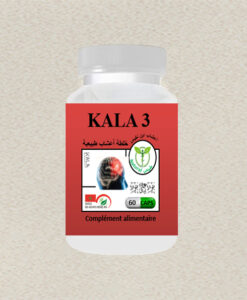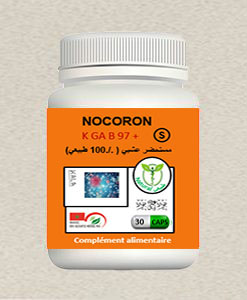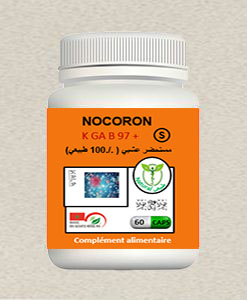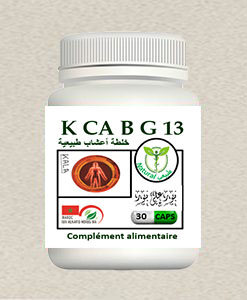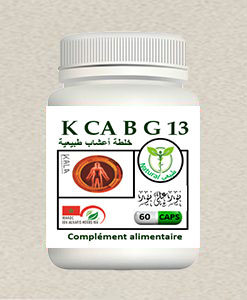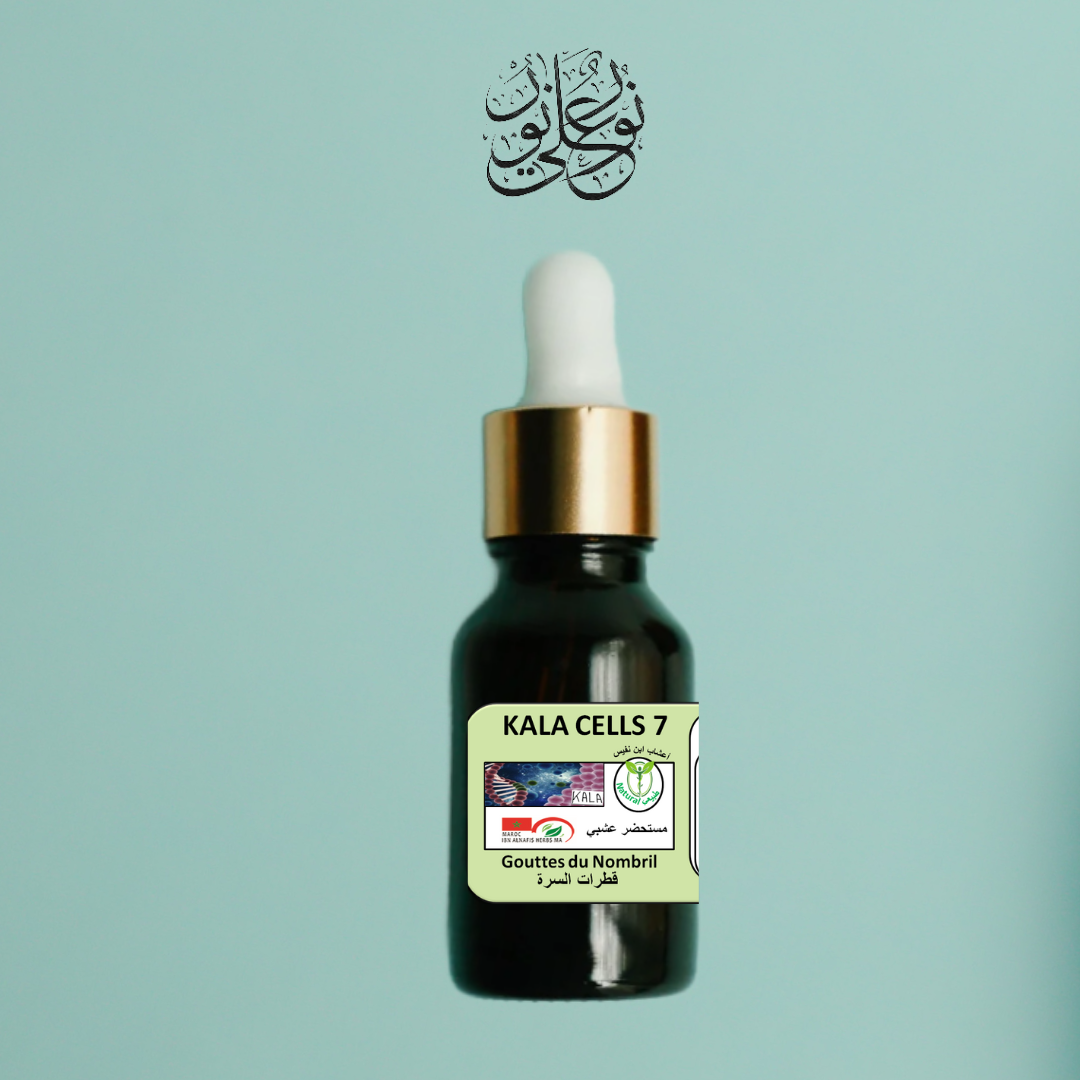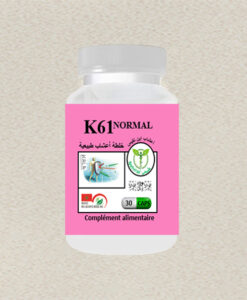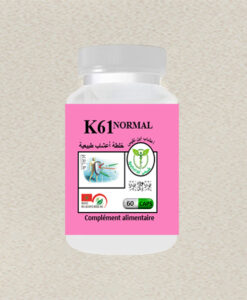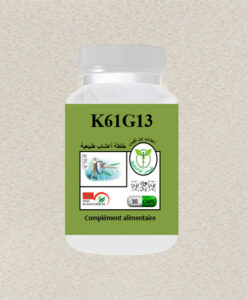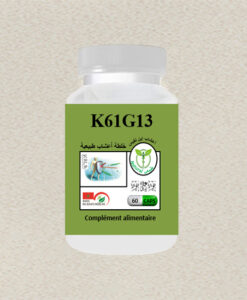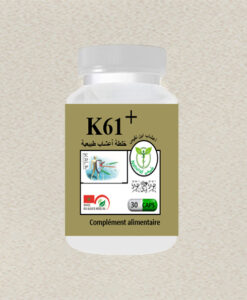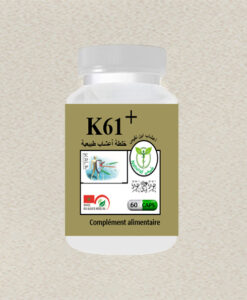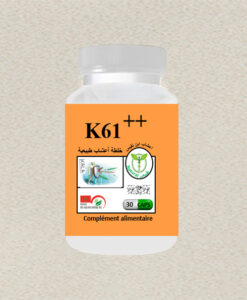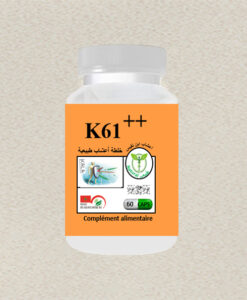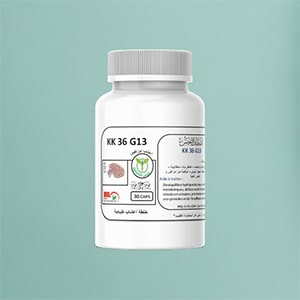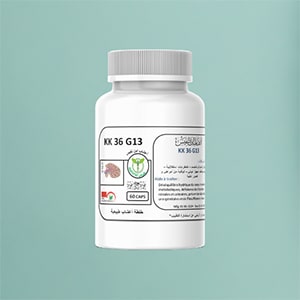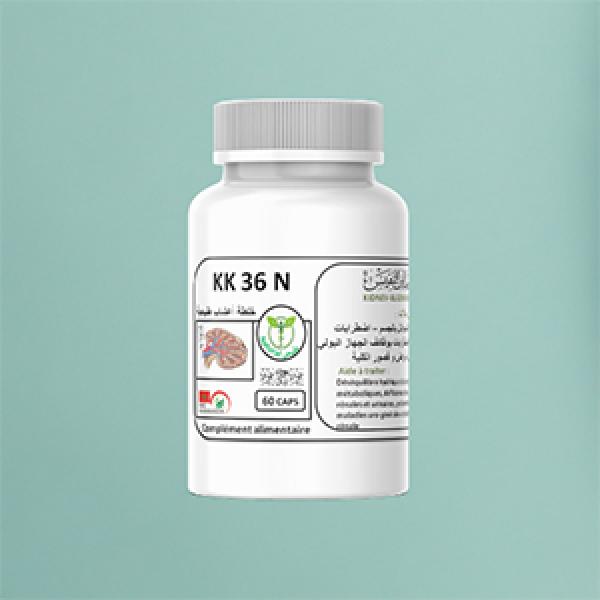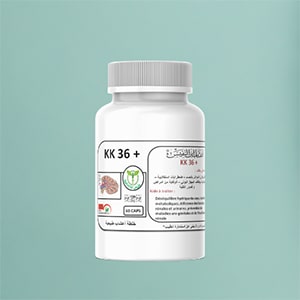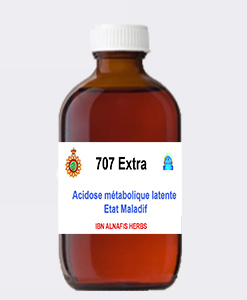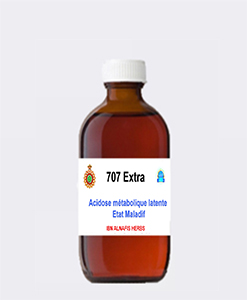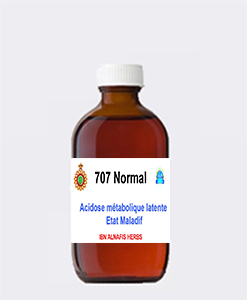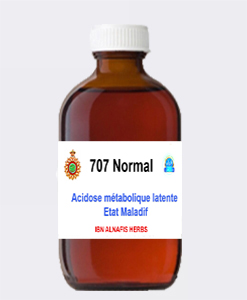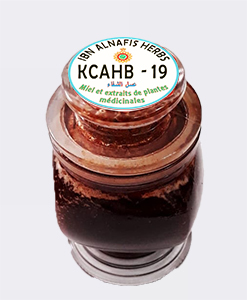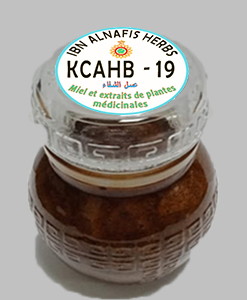Various forms of trisomy (13,18,17,21)
Trisomy is a case of aneuploidy where a chromosome is found in 3 copies instead of 2 in a diploid organism
There are types of trisomy depending on the pair of chromosomes affected, rare non-viable for the fetus or lead to death following many complications such as trisomy 8,13,18,22, the most common is 21 (Down syndrome).
Trisomy of the sex chromosomes X gives a sterile girl. A woman has a greater risk of giving birth to a child with Down syndrome as she gets older, at 35 the risk is 1 in 400, at 45 it is 1 in 35.
Carriers of the chromosomal abnormality 21 are characterized by mild to moderate mental retardation (IQ fluctuates between 50% and 69%), have slow behavior. They may suffer from congenital malformations, heart disease, orthopedic complications, musculoskeletal abnormalities, ligament hyperlaxity (scoliosis, arched back), ENT diseases (risk of deafness), visual problems (deviation of visual axes), celiac disease, hypothyroidism, diabetes, epilepsy. On the additional chromosome 21 there are 300 genes of which about twenty are involved in intellectual deficiency, 2 have been identified and chemical tests are underway to discover molecules that inhibit their expression.
Researchers are making progress in the direction of:
Slowing down the activity of the neurotransmitter GABA, which functions strongly in people with Down syndrome
Artificially manipulating the trinexic protein 27 (SNX27), which is partially responsible for cognitive deficits and is little produced in people with Down syndrome. Its absence leads to alterations in the formation of neurons (especially glutamate receptors on the surface of neurons), which affects learning and memory mechanisms.
Cancelling the influence of the extra chromosome by placing an XIST interruption gene (used in the embryonic development of mammals to inactivate one of the 2 XX chromosomes of females and produce XY males).
There is an SHH molecule that restores the size of the cerebellum (the cerebellum of people with Down syndrome is only 60% of its normal size), but altering a biological mechanism risks causing cellular outgrowth and a risk of cancer.
There is no specific chemical treatment but children with Down syndrome require special care and extra attention, each of them has their own personality, the collaboration of parents, pediatrician, physiotherapist, occupational therapist, speech therapist and psychologist improve the quality of daily life of the child with Down syndrome.
Down syndrome is now the most common mental handicap. Children with Down syndrome are capable of progress if they are surrounded by loving parents who stimulate them early and emphasize their skills rather than their shortcomings.
Please contact us for any information, explanation or advice about our products.
Get information and consultationGG


